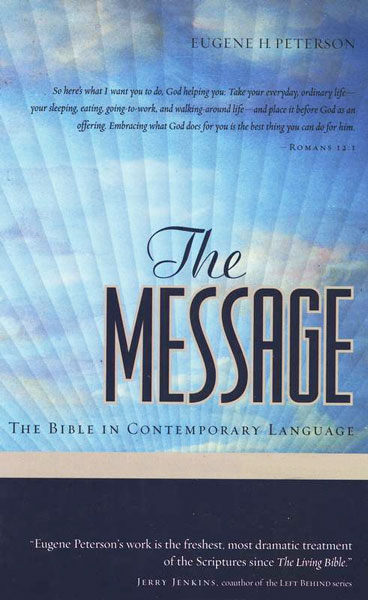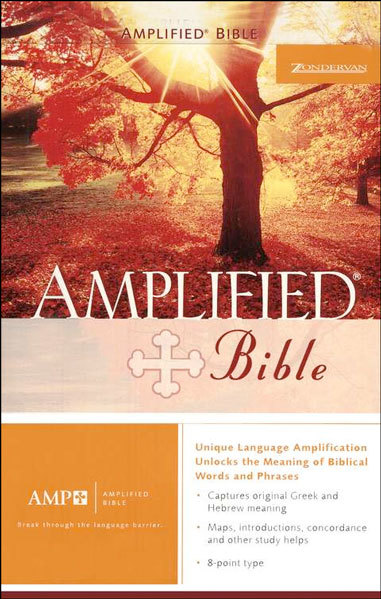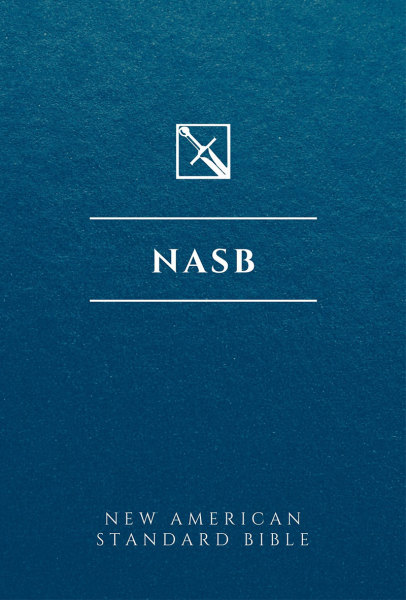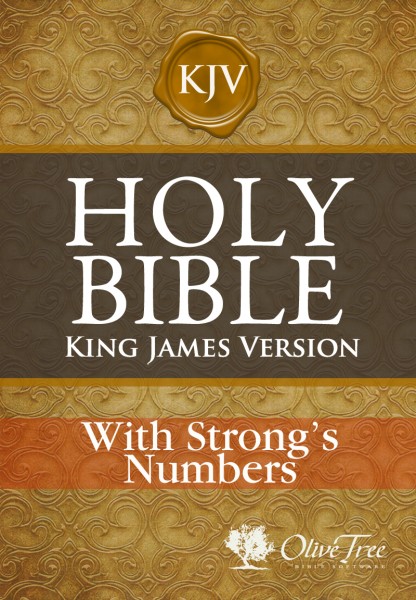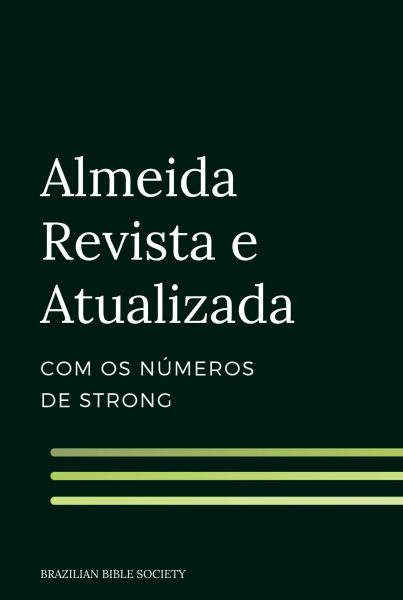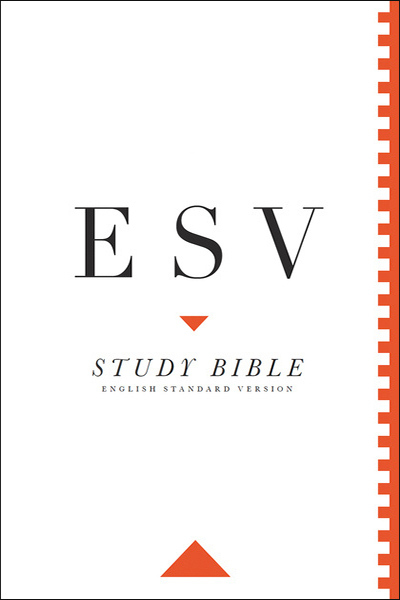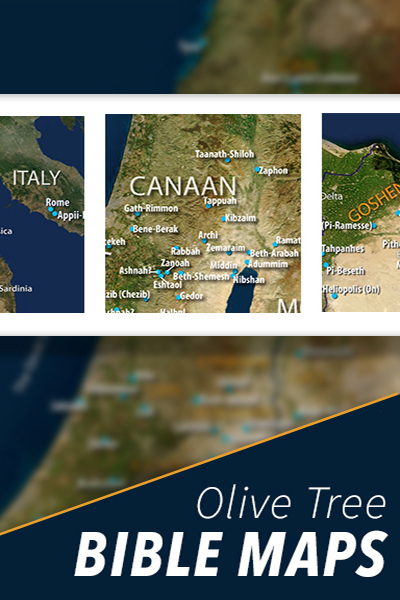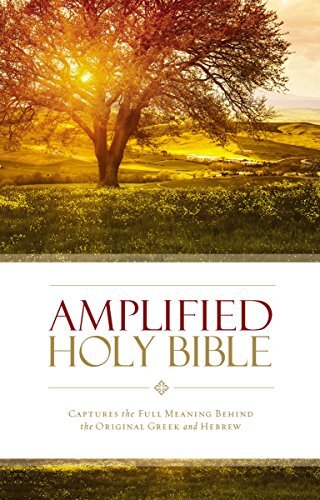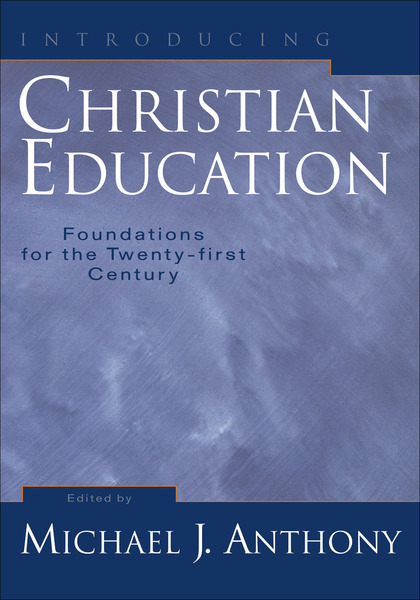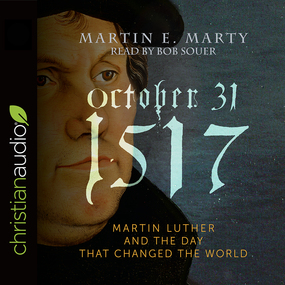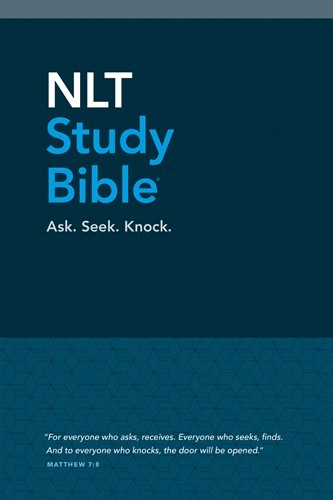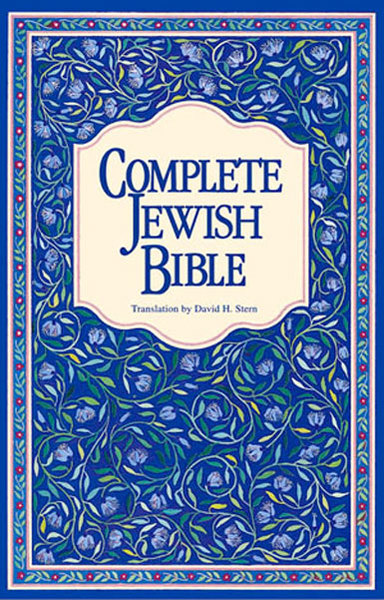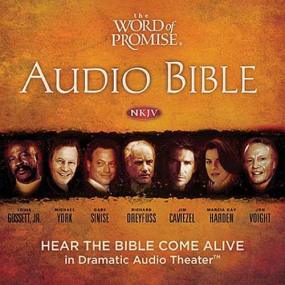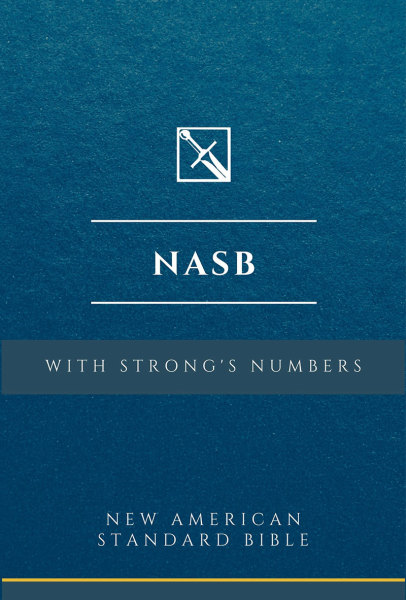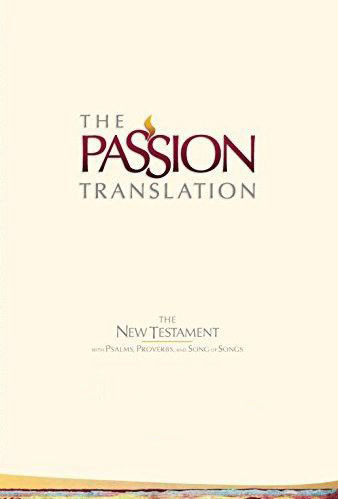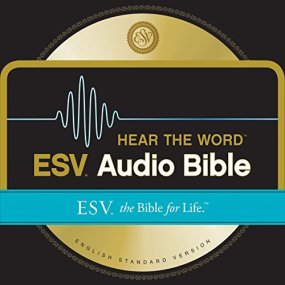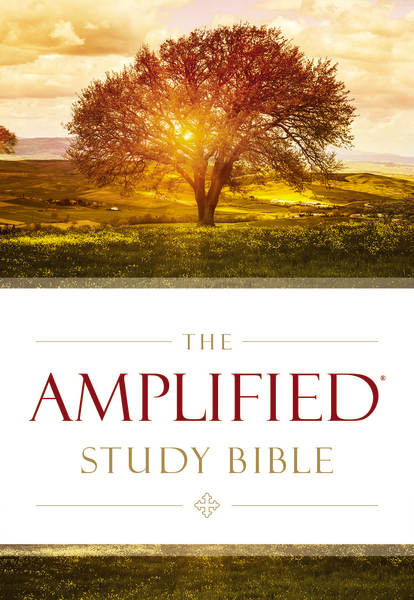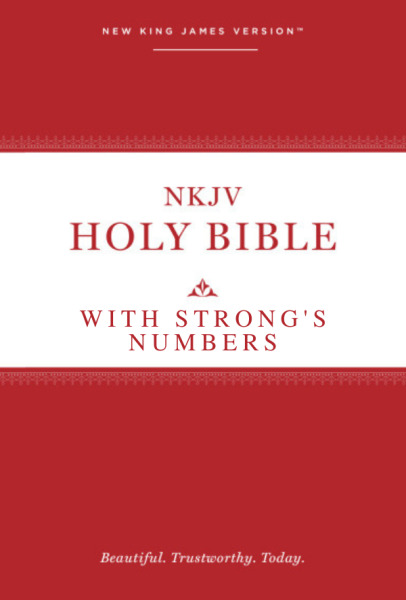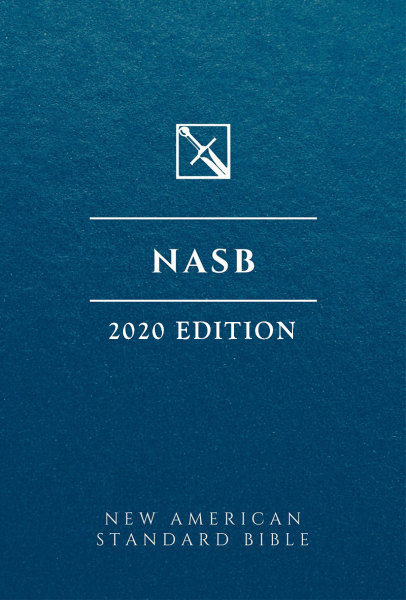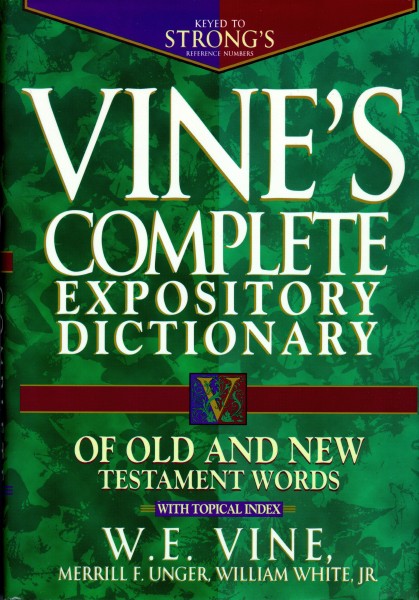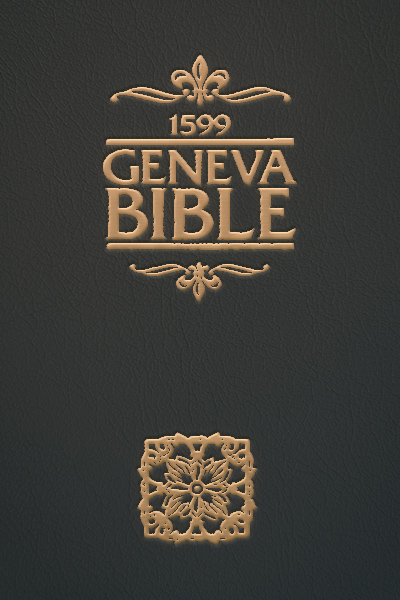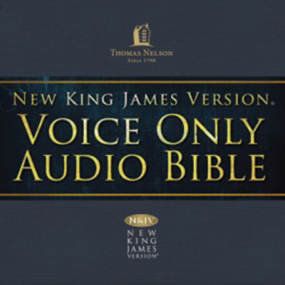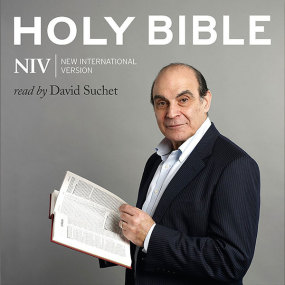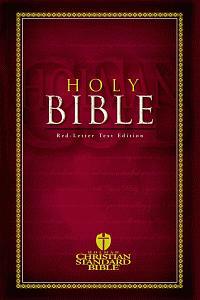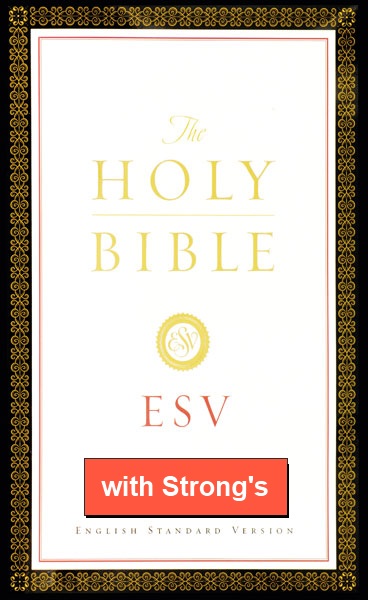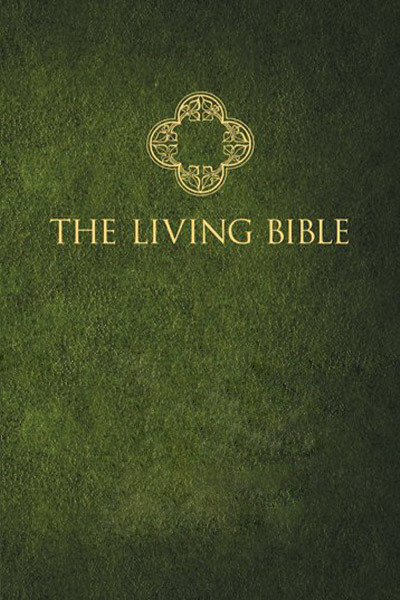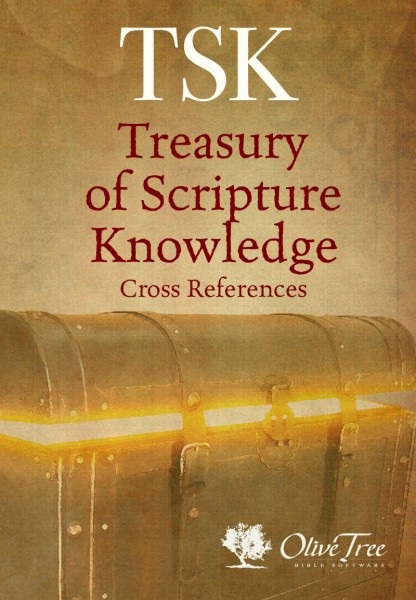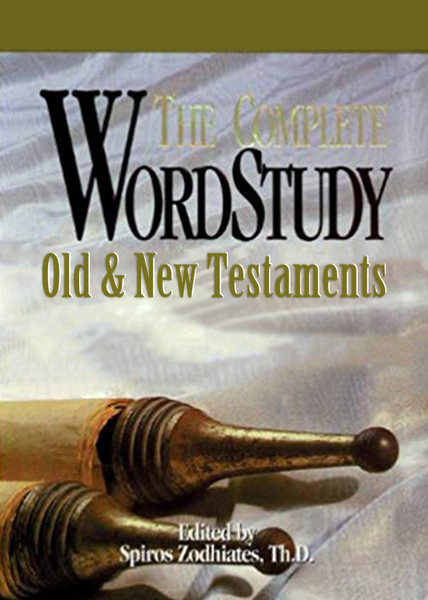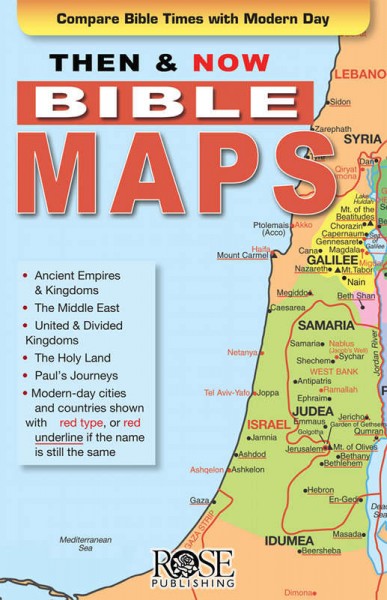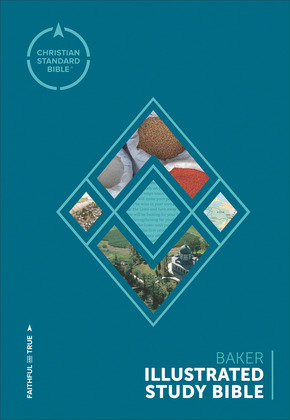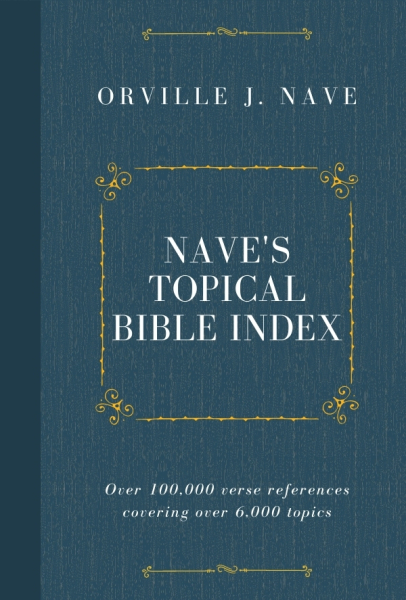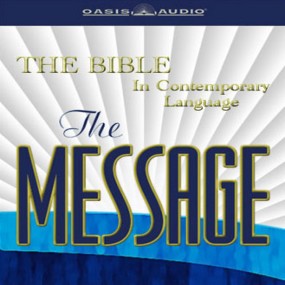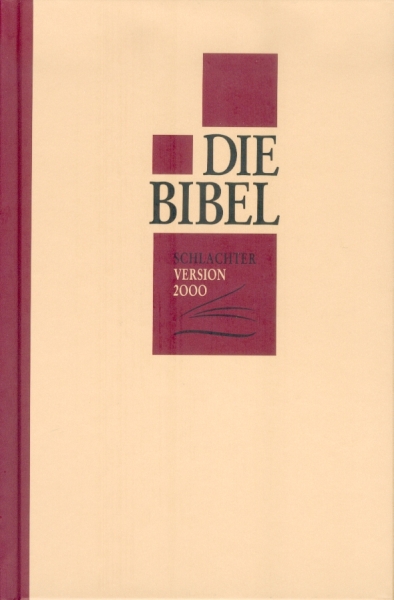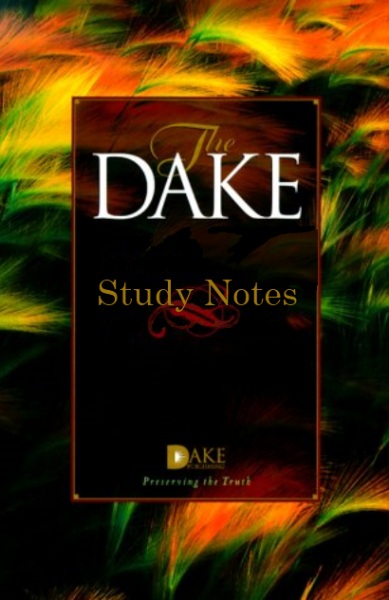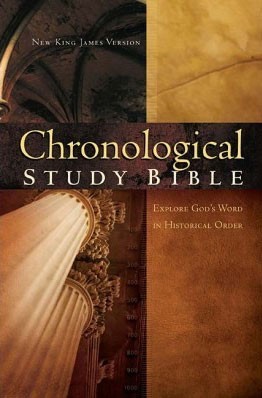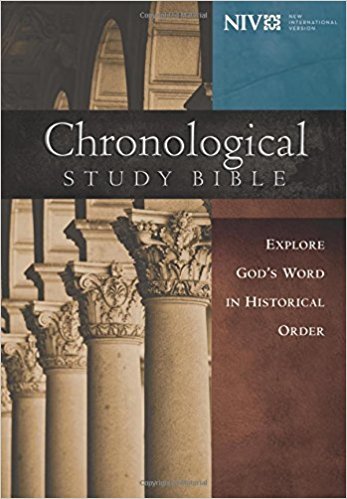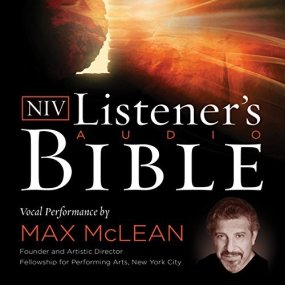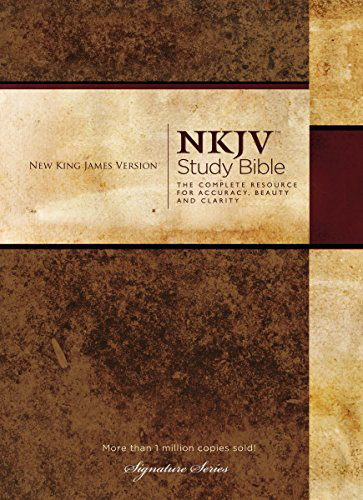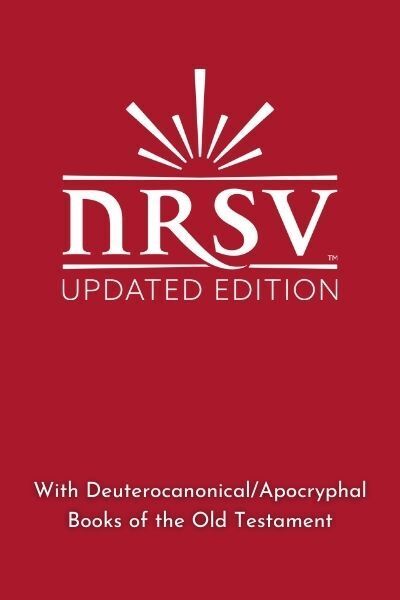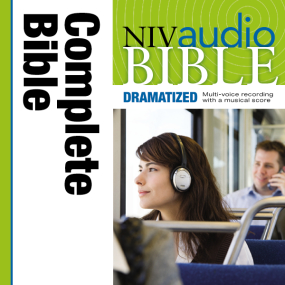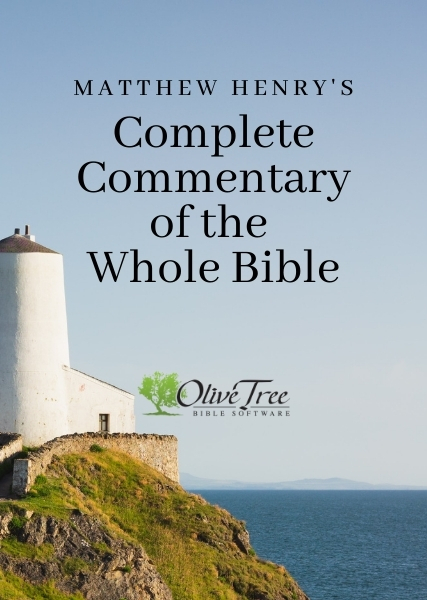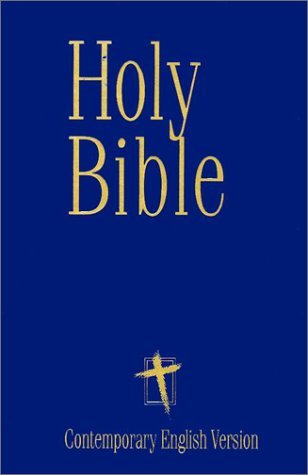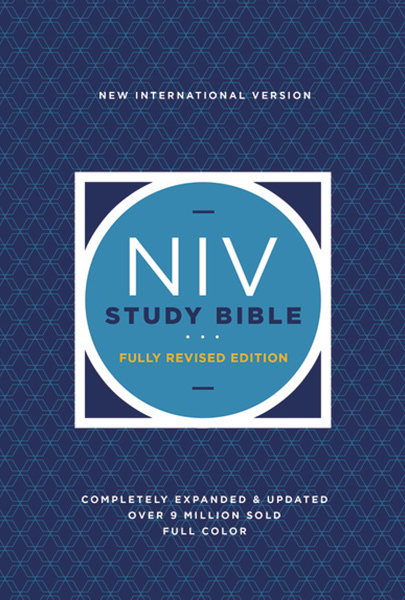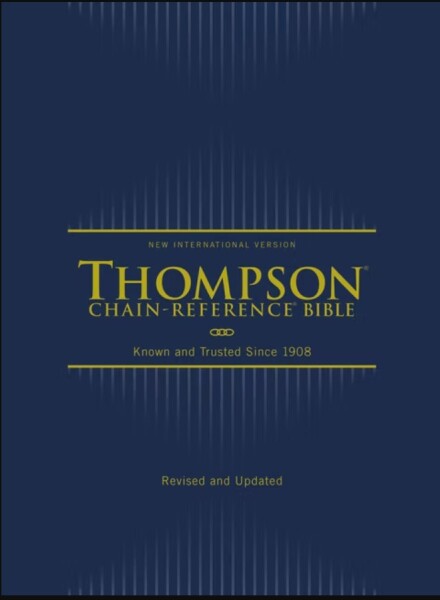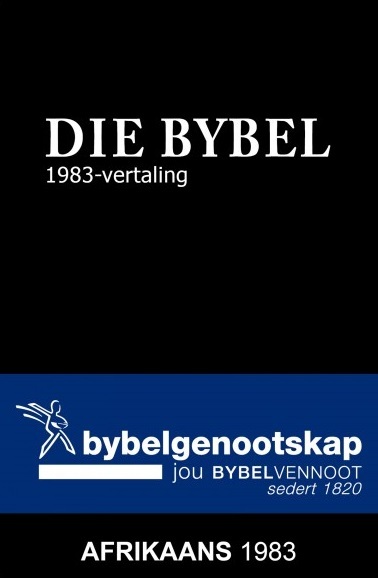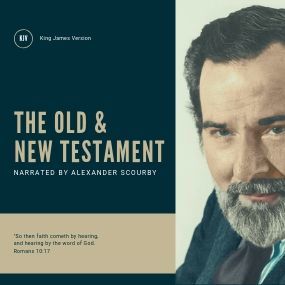



Discovered in 1947 in a rugged ravine called Qumran near the Dead Sea, the famous Dead Sea Scrolls are a treasure store of biblical and non-biblical texts and fragments that have captivated archeologists, historians, and biblical scholars alike. This module, entitled simply Qumran, includes the non-biblical portions of the Dead Sea Scrolls. Because of the light they shed on the times and circumstances surrounding the biblical languages and texts, these so-called secular writings are of great value to students of the Bible. They include a vast number of commentaries on biblical texts, numerous apocryphal tales and stories, and large quantities of other documents, including calendars, marriage contracts, deeds, prayers, blessings, hymns, prophecies, and the like.
To handle complex fonts with consistency and clarity, Olive Tree developers have updated our software to support Unicode technology, not only in this document, but also in other non-English language documents. Consequently, the Hebrew and Aramaic fonts in the Qumran module are precise and highly readable.
Now, using Olive Tree Bible software on your PDA or mobile phone, you can examine and study these texts written between 250 BC and 70 AD, primary sources of information regarding the languages and customs of the Jews in biblical times. The documents in this module represent mainly the scrolls and fragments discovered in the eleven caves near Qumran; moreover, a few additional documents are included, discovered during the same period of time in other locations.
The table of contents chooser in BibleReader® makes it easy to locate a particular fragment. All of the texts contained in the Dead Sea Scrolls are identified by abbreviations made up of the number of the cave in which the document was found, the letter Q for Qumran, the designated number of the scroll, a column number, and line numbers. As in other published versions of the Scrolls, missing letters in the Hebrew or Aramaic texts are indicated by brackets.
An outstanding feature of this version is that tapping on a Hebrew or Aramaic word yields a glossary entry; moreover, in cases where the word is also used in the Hebrew Old Testament, a link to the Brown-Driver-Briggs Hebrew Lexicon of the Old Testament (BDB) is supplied. Be sure you have the latest update of the Biblia Hebraica Stuttgartensia/Brown-Driver-Briggs module available from Olive Tree. This quick access to lexical and parsing information makes the Qumran module especially convenient for reading and study.
This database, including the glossary entries, was produced by Marty Abegg, Jr., the Ben Zion Wacholder Professor of Dead Sea Scroll Studies at Trinity Western University in Langley, BC, Canada, and co-author of The Dead Sea Scrolls: a New Translation (HarperCollins, 2005). He is also co-director of the Dead Sea Scrolls Institute at Trinity Western University. A readme file provided by Professor Abegg gives important additional details about the database, including an explanation of symbols used in this version of the scrolls.
Text samples
| Qumran 4Q219 2:23 | Table of Contents for Qumran | Qumran 2Q24 f7:1 | ||
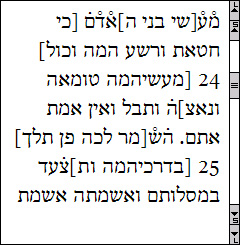 |
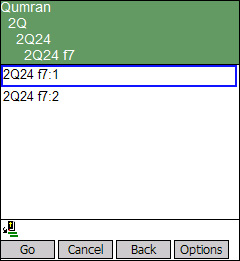 |
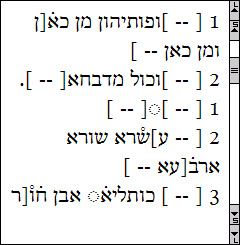 |
